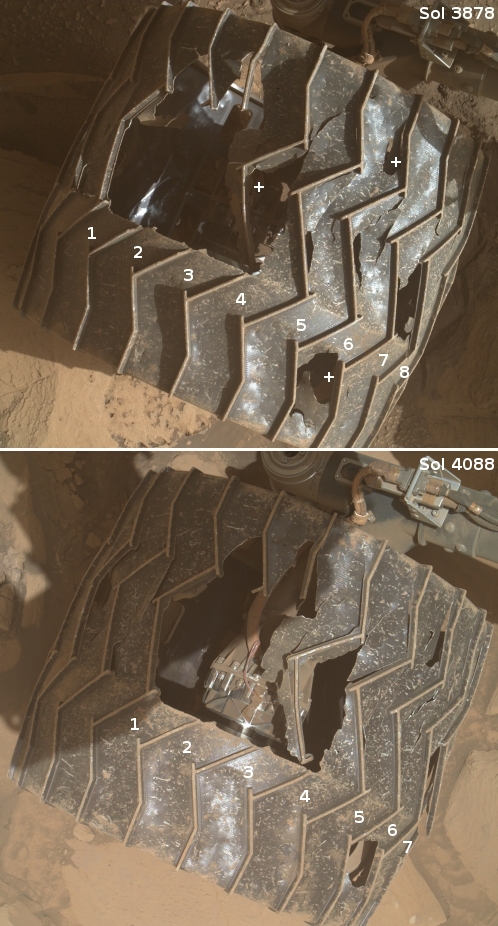February 6, 2024 Quick space links
Courtesy of BtB’s stringer Jay. This post is also an open thread. I welcome my readers to post any comments or additional links relating to any space issues, even if unrelated to the links below.
- Lynk Global finalizes SPAC investment deal merger
The company presently has a 3-satellite constellation providing internet access to a number of remote locations.
- Chinese pseudo-company is considering launching its rockets using “an electromagnetic catapult system”
They say it would increase the rocket’s payload capacity, but so would anti-gravity. We should believe this only when we see it.
- Russia proposes new plan for its post-ISS space station infrastructure
Even less likely than the Chinese proposal above. Or if it does happen, it will not happen for at least ten years from now. Got to keep those jobs funded for as long as possible, whether or not Roscosmos builds anything.
Courtesy of BtB’s stringer Jay. This post is also an open thread. I welcome my readers to post any comments or additional links relating to any space issues, even if unrelated to the links below.
- Lynk Global finalizes SPAC investment deal merger
The company presently has a 3-satellite constellation providing internet access to a number of remote locations.
- Chinese pseudo-company is considering launching its rockets using “an electromagnetic catapult system”
They say it would increase the rocket’s payload capacity, but so would anti-gravity. We should believe this only when we see it.
- Russia proposes new plan for its post-ISS space station infrastructure
Even less likely than the Chinese proposal above. Or if it does happen, it will not happen for at least ten years from now. Got to keep those jobs funded for as long as possible, whether or not Roscosmos builds anything.















